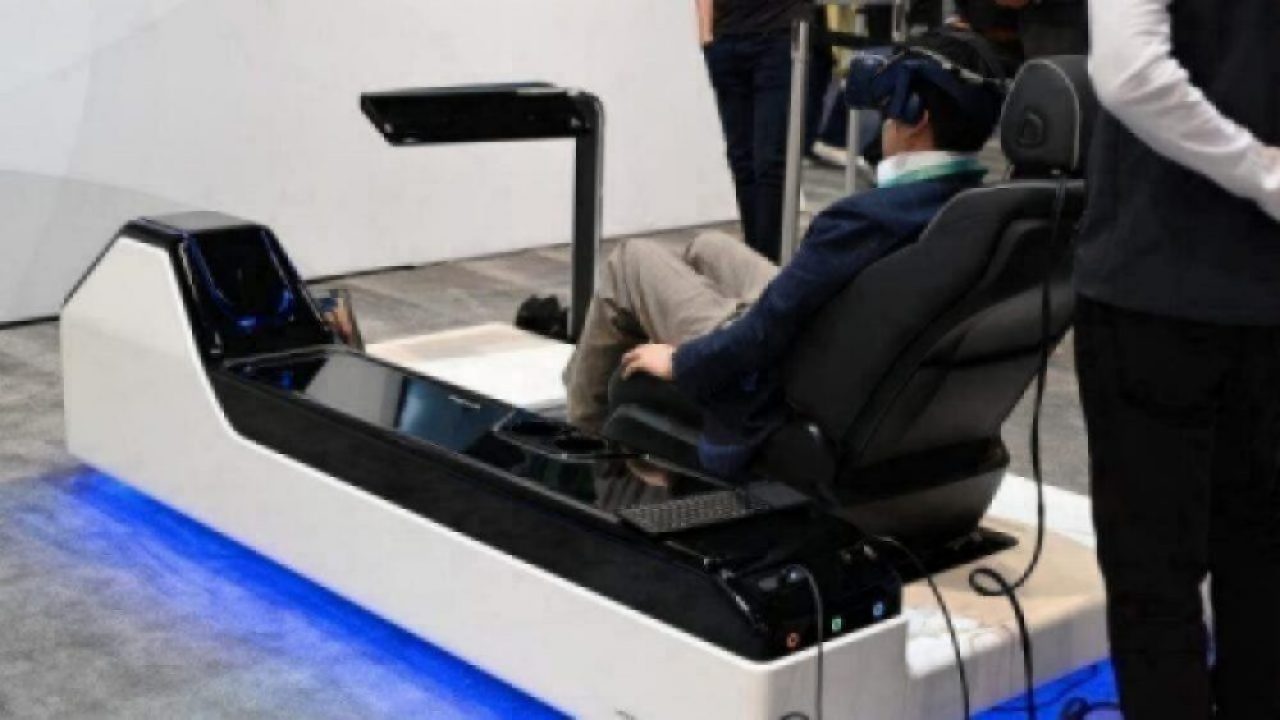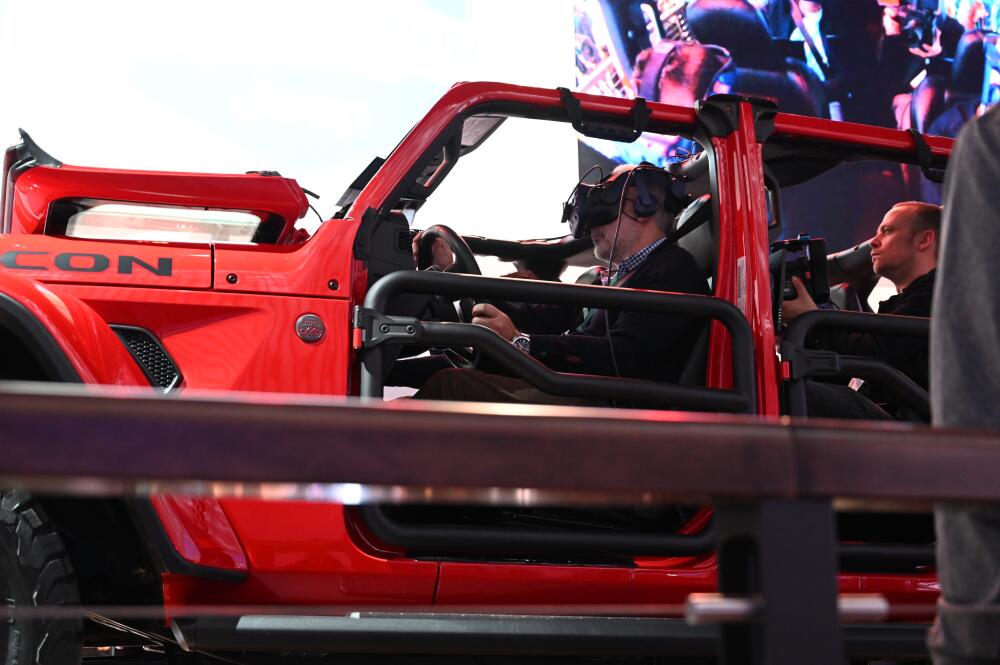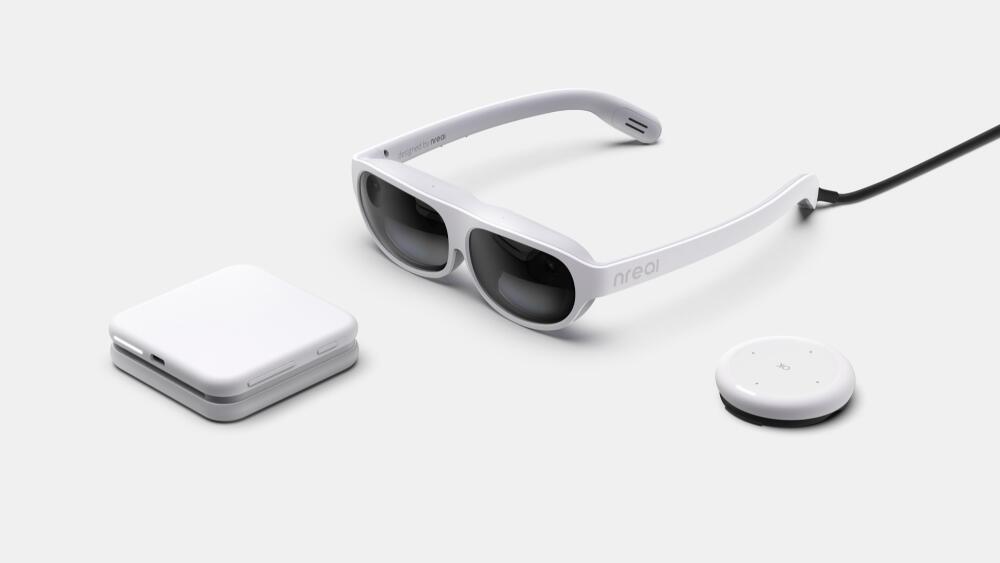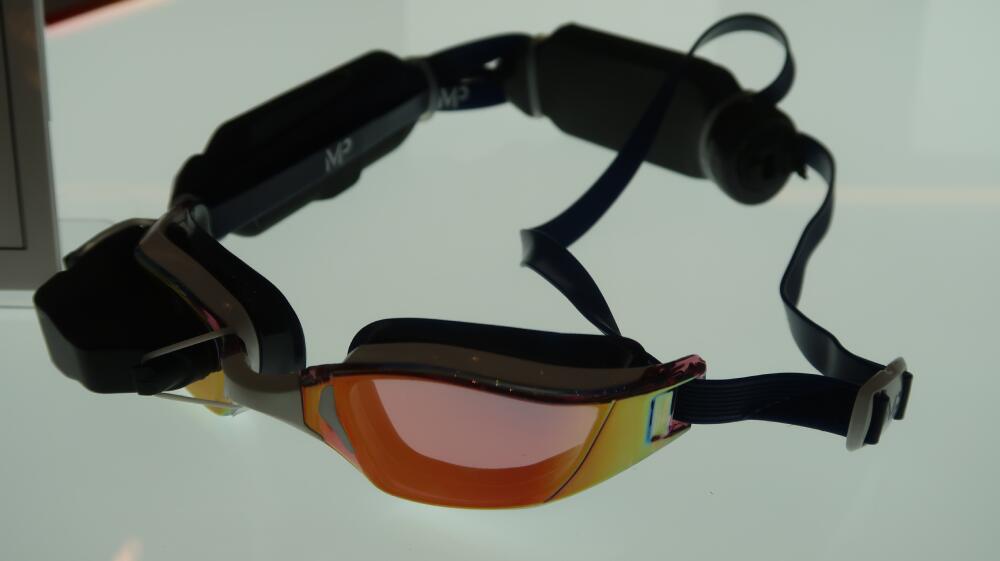AR/VR/XR: Less Hype, More Substance
Article By : Kevin Krewell

This year’s CES was not heavily influenced by augmented reality (AR) and virtual reality (VR) hype as previous shows. That is not to say there was not an impact by AR and VR at the show.
This year’s CES was not heavily influenced by augmented reality (AR) and virtual reality (VR) hype as previous shows. In fact, I would say the dominant product themes at CES this year were smart homes and intelligent health products. That is not to say there was not an impact by AR and VR at the show, it is just that it was more in line with the technology’s position in the marketplace.
For example, there were a number of booths that used VR for demonstration purposes, especially the automobile manufacturers. I saw Honda, Jeep, and Audi demonstrations that used VR to simulate driving conditions. The Jeep 4×4 Adventure VR Experience was a simulated off-road journey on the famous off-road trail called Moab’s “Hell’s Revenge.” There was a Jeep Wrangler Rubicon positioned on four hydraulic cylinders, one at each wheel and the Wrangler reacted to input provided by actual wheel position data recordings made on the trail. The hydraulic system replicated the movement a driver would experience on the trail and wearing VR goggles, they will see the actual scenery of the trail.

While the Jeep experience was a selling point for today’s vehicle, the Future Honda Mobility demo previewed a future mobility ecosystem using VR. The company projected what it might be like in the year 2035 and beyond. In the Honda demonstration, attendees experienced a trip through a future urban environment with a “V2X system safely navigating the drive, encounter an Autonomous Shared Mobility Pod, and take flight in a personal vertical takeoff and landing (VTOL) vehicle.”

There were not a lot of new AR/VR products announced at this year’s CES — most had been announced throughout 2019 — although in the past, that hadn’t been the case.
The biggest breakout product this year might have been the Nreal AR glasses — the company had a significant CES booth presence in the LVCC South Hall. Nreal initially launched its developer edition product at Augmented World Expo (AWE) in 2019 and has been showing ever improved versions since. The company has been working closely with Qualcomm on developing lightweight AR glasses that use either a phone with a Snapdragon processor or a standalone separate computer “puck” that uses the Qualcomm Snapdragon 845 processor.
I have tried the glasses in the past and have seen that the overlay image is quite bright and has a wide field of view. The glasses support six degrees of freedom (6-DoF) movement. At CES 2020, the company released the consumer version of the Nreal Light AR glasses, which tether to a Snapdragon-based phone. It also launched a new user interface — Nebula UI — to help bring 2D apps into 3D world. The Nebula UI allows users to launch 2D apps inside of the launcher and place them anywhere inside a 3D space.

The hottest headset in VR right now is the Oculus Quest, which was out of stock for weeks around the holidays. I order one on December 13, and finally got my product after CES. The Quest does provide an excellent standalone (not tethered to a PC) VR experience. It also uses a Qualcomm Snapdragon processor that does an excellent job keeping up with the PC-based Rift VR.
The Oculus quest is not perfect, and in fact can use some improvements in ergonomics. To hit the $399 price point for the standalone VR headset, Oculus (owned by Facebook) made some compromises. In particular, the headset has an uncomfortable head strap and is too front heavy, as all the electronics are located in the front. The one feature I’m glad they kept from the Rift headset was an adjustable Interpupillary Distance (IPD) adjustment for optimal eye comfort.
For many years, the biggest problem with VR has been content, but we are now finally starting to see content that is really driving VR sales. In particular, the game Beat Saber is extremely popular and combines Star Wars-style light swords with a rhythm game with popular soundtracks. This is the type of game that is done well in consoles — and applying it to VR makes the game an even more immersive experience. What is still missing from VR is more virtual communities and multiplayer environments.
Most of the VR vendors have shifted their focus away from direct consumer sales — unlike products such as the Oculus Quest and entry-level Oculus Go — and have focused on the slower-moving enterprise market for VR. AR has had an enterprise market for many years, especially in areas such as field service, architecture, and training. Microsoft HoloLens, Magic Leap, and Google Glass had minimal presence at CES. Even the Nreal glasses were still mostly focused on adding developers in order to add more content.
There were a number of products that were exploring some interesting niches, such as underwater AR headsets or goggles. There were two companies at CES that had underwater AR headsets. But those were the exceptions. During its CES presentation, Samsung casually showed off a pair of AR glasses as part of a gait enhancing & motivating system (GEMS) exercise demo.

The AR and VR markets are alive and well and moving in the right direction — just not as fast as many had hoped. We look forward to what’s ahead and will continue to keep an eye on new developments between now and AWE 2020 and CES 2021.
— Kevin Krewell is a principal analyst at Tirias Research
Subscribe to Newsletter
Test Qr code text s ss


